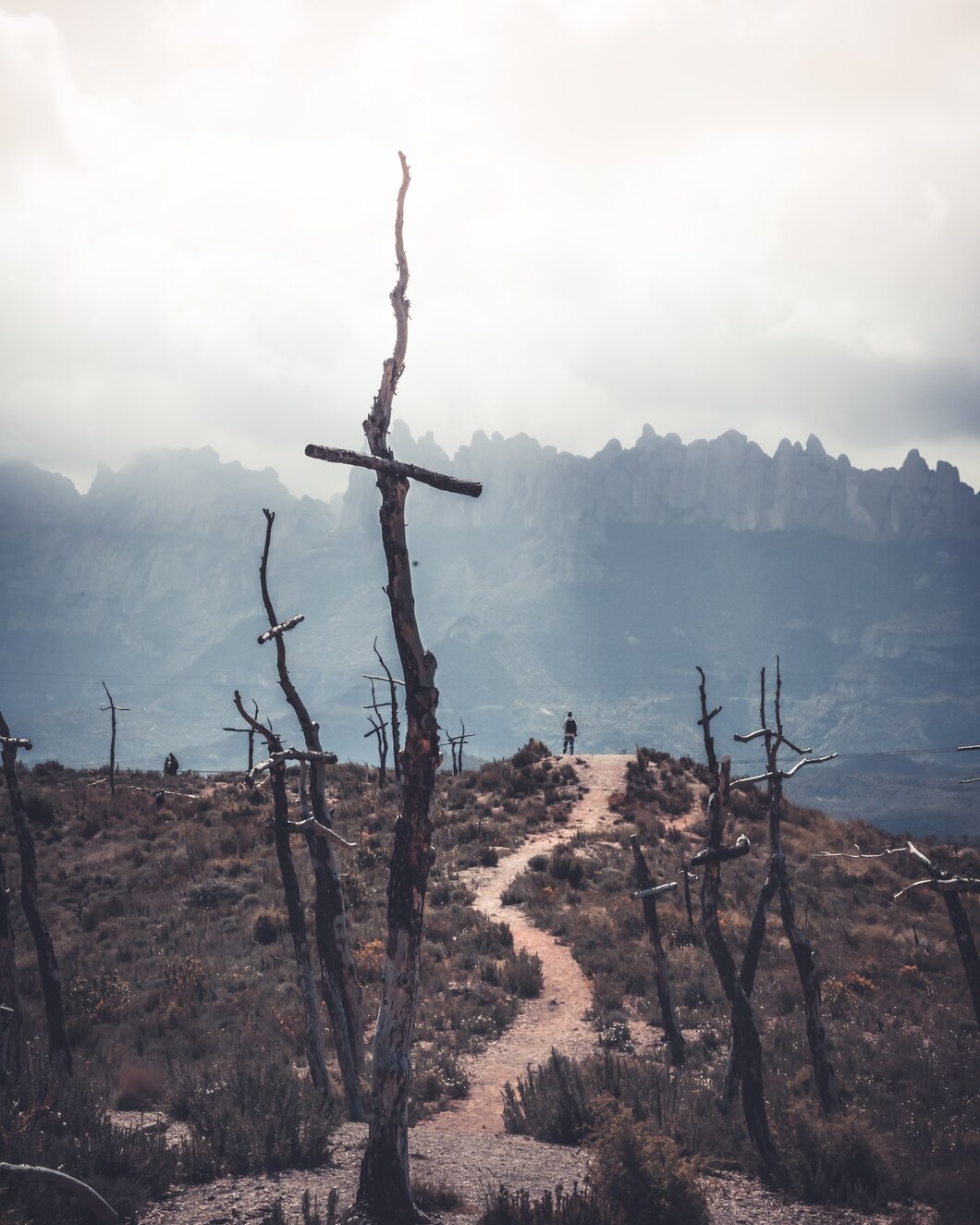2019 was a year that felt like stepping into a crucible—a relentless test of endurance, identity, and collective resilience. The phrase “The Valley of Hell ID” symbolizes a journey through hardship where the core essence of identity is tested and transformed. This article dives deep into what this evocative concept represents, exploring its symbolic meaning, real-world events, and the human experience of navigating trials to emerge stronger on the other side.
Understanding “The Valley of Hell ID”
The phrase itself is rich with metaphorical depth. A “valley” often represents a low point—a place where light barely filters through and challenges loom large. It’s a contrast to the lofty peaks of success or contentment. Adding “hell” to this imagery amplifies the intensity, conjuring images of fiery trials, emotional turmoil, and near-overwhelming adversity. It’s not just a geographic metaphor; it’s psychological and emotional.
And then there’s “ID”—a nod to identity. In psychology, ID represents the primal part of the human psyche, driven by instincts and desires. When paired with the idea of a valley of hell, it suggests a period where our most fundamental selves are laid bare. It’s about facing not only external challenges but also the internal struggles that define who we are.
2019: A Year Marked by Challenges
Looking back, 2019 was a tumultuous year on many fronts. Global events, natural disasters, political upheavals, and personal struggles seemed to collide in a way that left few untouched. Let’s break this down:
Global Turmoil
The world witnessed significant environmental and political crises in 2019. The Amazon rainforest fires burned relentlessly, serving as a stark reminder of human impact on the planet. Dubbed the “lungs of the Earth,” the Amazon’s destruction became a symbol of humanity’s neglect and the urgent need for action.
Simultaneously, political unrest swept across nations. In Hong Kong, pro-democracy protests captured global attention as citizens fought against oppressive policies. The clashes between protesters and authorities became emblematic of a broader struggle for freedom and self-determination, reflecting a collective “valley of hell” for millions.
Natural and Economic Disasters
2019 was also marked by devastating natural disasters. Cyclone Idai in Africa, Australian bushfires, and widespread flooding across the globe caused immense loss of life and property. Economically, many nations faced uncertainty, with trade wars and slowing growth creating a sense of instability. These external challenges acted as a crucible, pushing societies and individuals to question their resilience and priorities.
The Role of Identity in Struggles
At the heart of the valley of hell is the concept of identity. Hardships often force us to confront questions like: Who am I? What do I stand for? What truly matters to me? These are not easy questions to answer, but they are crucial for personal growth.
Facing Inner Demons
Much like Dante’s journey through hell in The Divine Comedy, the valley of hell can feel like a descent into chaos. It strips away superficial layers, leaving only the raw essence of who we are. This process is uncomfortable—painful, even—but it’s also transformative. For many in 2019, personal losses, health struggles, or professional setbacks forced them to confront their inner demons.
The ID as a Guiding Force
The “ID” in this context also symbolizes instincts and desires—the core of our being. In times of crisis, we often revert to our most basic selves, driven by survival and raw emotion. Yet, it’s in these moments that we discover the strength of our true selves. Struggles become the fire that tempers us, shaping a more authentic and resilient identity.
Lessons from the Valley of Hell
Every challenge, no matter how daunting, offers lessons. The valley of hell is not a place of endless despair—it’s a crucible for transformation. Here’s what 2019 taught us:
Resilience is Built Through Adversity
Challenges have a way of testing and strengthening our resilience. Whether it’s individuals coping with personal tragedies or communities rallying together after disasters, resilience grows in the face of adversity. In 2019, countless stories emerged of people overcoming unimaginable odds, reminding us that strength often lies dormant until tested.
Unity is Key
Even in the darkest times, humans have an innate ability to come together. From global movements like Fridays for Future to local acts of kindness, 2019 showed us the power of unity. When people join forces, even the steepest valleys become easier to navigate.
Clarity Through Struggle
There’s a unique clarity that comes from enduring hardships. In the valley of hell, distractions fade away, leaving only what truly matters. For many, 2019 was a year of reevaluating priorities—choosing relationships, values, and goals that aligned with their authentic selves.
Emerging Stronger: The Light Beyond the Valley
The valley of hell is not a permanent destination. It’s a passage—a trial that leads to growth and enlightenment. As we look back on 2019, we see not just the struggles but also the triumphs. Every challenge faced brought with it an opportunity to grow, to learn, and to emerge stronger.
For those who navigated personal or collective valleys of hell in 2019, the experience may have been transformative. It was a year of forging new identities, embracing resilience, and finding light in the darkest places.
Conclusion
2019: The Valley of Hell ID encapsulates a journey through adversity, where identity is tested and reshaped. It’s a story of struggle but also of hope and transformation. The trials of 2019 remind us that even in our darkest moments, there’s potential for growth and renewal.
The valley may be challenging, but it’s also where we find ourselves—our truest, most resilient selves. As we continue forward, the lessons of 2019 serve as a beacon, guiding us through future valleys with the assurance that every challenge is an opportunity to rise.



